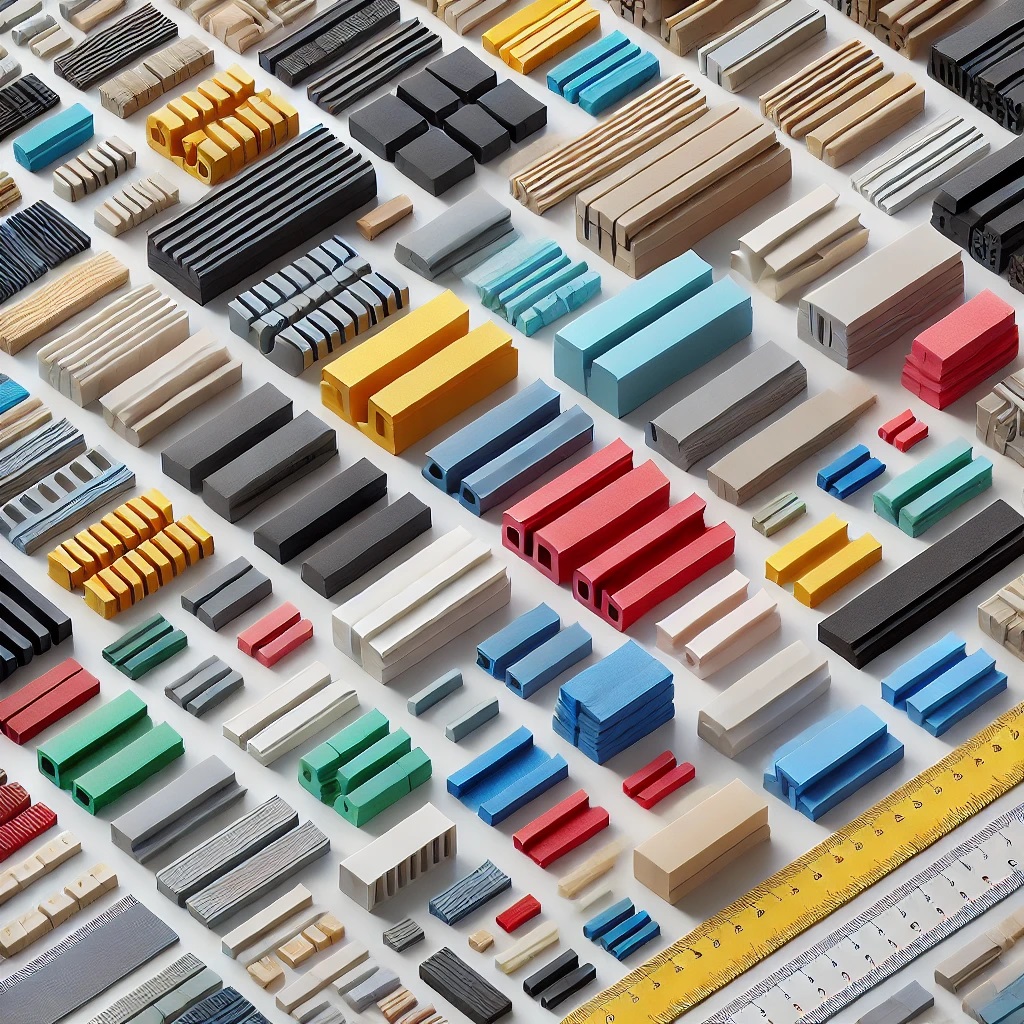
Choosing the right plastic shim is crucial for ensuring precision, stability, and durability in various applications, from construction to automotive and manufacturing. Plastic shims offer several advantages, including corrosion resistance, ease of use, and versatility. This guide will help you understand the key factors to consider when selecting the perfect plastic shim for your needs.
Understanding Plastic Shims
Plastic shims are thin, wedge-shaped pieces made from various plastic materials designed to fill gaps, provide leveling, or offer support. They come in different shapes, sizes, and thicknesses, catering to a wide range of applications.
Factors to Consider When Choosing Plastic Shims
- Material Type
- Polypropylene (PP): Lightweight, durable, and resistant to chemicals and moisture.
- Polyethylene (PE): Offers good impact resistance and is suitable for outdoor use.
- Nylon: Known for its high strength and resistance to wear and abrasion.
- Thickness
- Shims come in various thicknesses, usually ranging from 0.001 inches to over 0.5 inches.
- Choose the thickness based on the gap you need to fill or the level of support required.
- Shape and Size
- Rectangular Shims: Commonly used for leveling and aligning machinery.
- Wedge Shims: Ideal for adjusting height and leveling surfaces.
- Measure the area where the shim will be used to select the appropriate size.
- Load-Bearing Capacity
- Consider the weight and load the shim needs to support.
- Ensure the plastic shim can withstand the pressure without deforming or breaking.
- Environmental Factors
- Temperature Resistance: Choose shims that can withstand the operating temperature range.
- UV Resistance: For outdoor applications, UV-resistant shims prevent degradation from sunlight exposure.
- Color Coding
- Some plastic shims are color-coded based on thickness for easy identification and selection.
Applications of Plastic Shims
- Construction: Leveling floors, windows, and doors.
- Automotive: Aligning and spacing components.
- Manufacturing: Ensuring precision in machinery setup and assembly.
Conclusion
Choosing the right plastic shim involves considering several factors, including material type, thickness, size, load-bearing capacity, and environmental conditions. By understanding these factors and the applications of plastic shims, you can ensure precision, stability, and durability in your projects. Whether you’re working in construction, automotive, or manufacturing, plastic shims offer a versatile and reliable solution for your leveling and spacing needs.
FAQs About Plastic Shims
Q: What are plastic shims used for?
A: Plastic shims are used for leveling, spacing, aligning, and providing support in various applications, including construction, automotive, and manufacturing.
Q: How do you choose the right plastic shim?
A: Consider factors such as material type, thickness, shape and size, load-bearing capacity, and environmental conditions to choose the right plastic shim.
Q: Are plastic shims durable?
A: Yes, plastic shims are durable and resistant to corrosion, moisture, and chemicals, making them suitable for a wide range of applications.
Q: Can plastic shims be used for leveling floors?
A: Yes, plastic shims are commonly used for leveling floors, windows, doors, and other surfaces in construction projects.
Q: What are the advantages of plastic shims over metal shims?
A: Plastic shims are lightweight, corrosion-resistant, non-conductive, and often more cost-effective than metal shims.
Q: How do you install plastic shims?
A: Plastic shims are easy to install. Simply place the shim in the gap, adjust as needed for leveling or spacing, and secure it in place.
Q: Where can I buy high-quality plastic shims?
A: High-quality plastic shims are available at hardware stores, construction supply shops, and online retailers.
Q: Are plastic shims waterproof?
A: Yes, most plastic shims are waterproof and resistant to moisture, making them ideal for both indoor and outdoor use.
Q: How do plastic shims compare to wooden shims?
A: Plastic shims are more durable, resistant to moisture and insects, and offer consistent performance compared to wooden shims.
Q: What are common applications of plastic shims in construction?
A: Common applications include leveling floors, aligning windows and doors, and providing support for structural components.
Conclusion
Choosing the right plastic shim involves considering several factors, including material type, thickness, size, load-bearing capacity, and environmental conditions. By understanding these factors and the applications of plastic shims, you can ensure precision, stability, and durability in your projects. Whether you’re working in construction, automotive, or manufacturing, plastic shims offer a versatile and reliable solution for your leveling and spacing needs.
